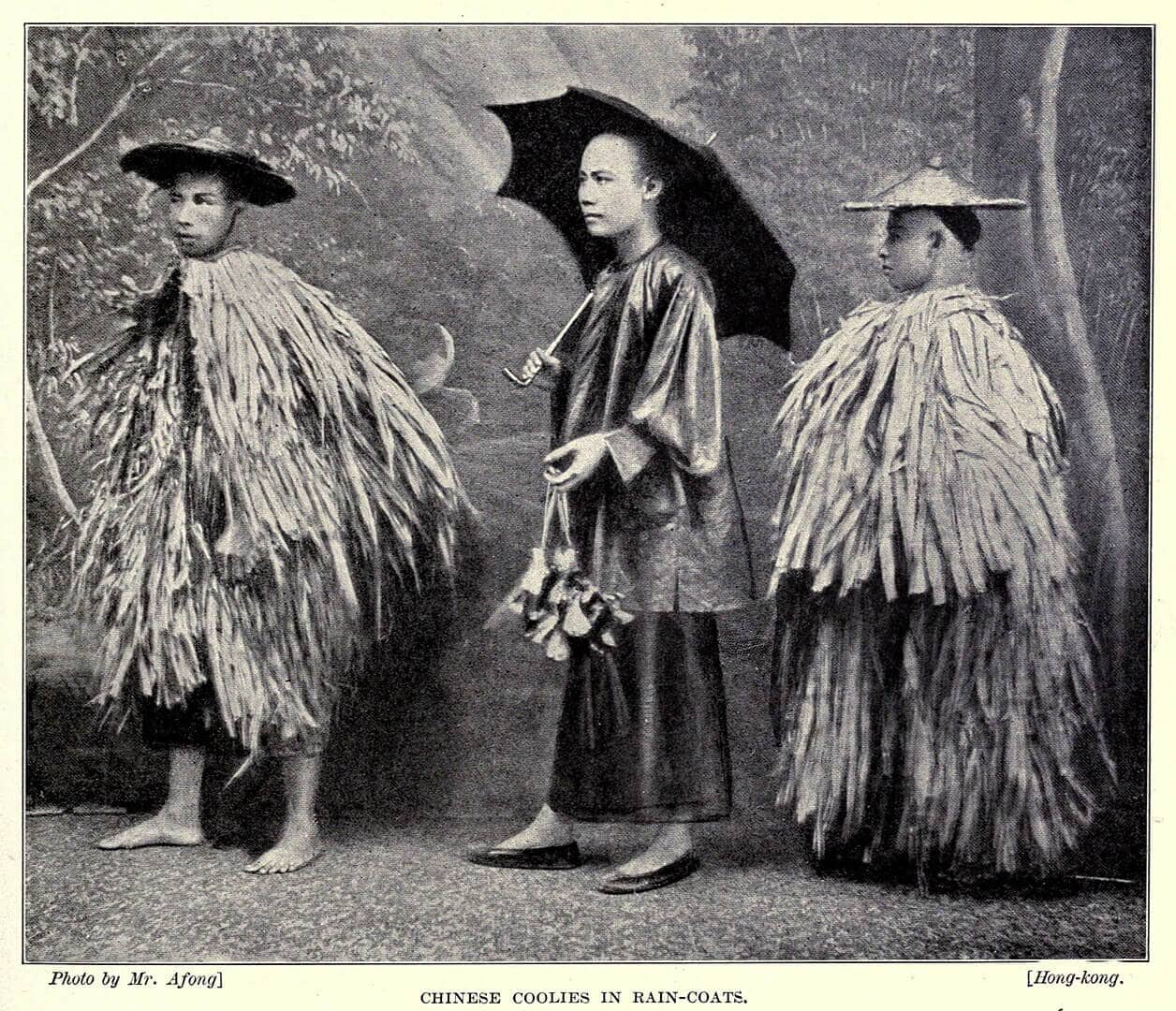China has been part of the very fabric of what makes this world work for hundreds of years. They were a major partner to several countries throughout history, yet they owned major sections of the known world as they did so. It did not matter what Dynasty was in charge, the innovation of the Chinese helped them stay ahead. In fact, Ancient Chinese Technology arguably changed the world more than any other culture known to mankind. The Chinese realized that the creativity they had to solve major problems was found nowhere else at the time. Sure, Ancient Greeks and Egyptians were responsible for some major technology and overall inventions. However, the Chinese are credited with things that can likely trump a lot of what we see from those Ancient Cultures.
The one thing that makes these inventions and concepts of the Chinese stand out is that most of them are still in use today. In fact, some people try to credit other cultures with China’s major inventions. In spite of this, the Chinese continued to innovate. There is a reason why so much is “Made in China” today. Sadly, we know today that the Chinese people are not treated as well as they should be. This has been an issue for years honestly. They also deal with constant pollution leading to sicknesses, a lot of which is preventable. However, many of these people are part of a family line that’s responsible for changing the world. It is hard to honor China, but we should honor their history and their people for what they have done for mankind. That led us to make this list of the best Ancient Chinese Technology. We hope you enjoy learning about these amazing inventions.
40. The Umbrella

Time of Invention: Roughly 1400s B.C.
The first true umbrella is actually truly ancient Chinese technology, dating back 3,500 years ago. Of course, we have seen the people of China carry around umbrellas in ancient imagery, so it makes sense to see that they invented it.

The person responsible was a Chinese carpenter named Lu Ban. He had the idea after seeing children use lotus leaves as shelter from the rain. He felt he could make something similar by using his skills to invent something mobile that could last. This led him to use local wood and controllable, flexible cloth to make the first umbrella.
